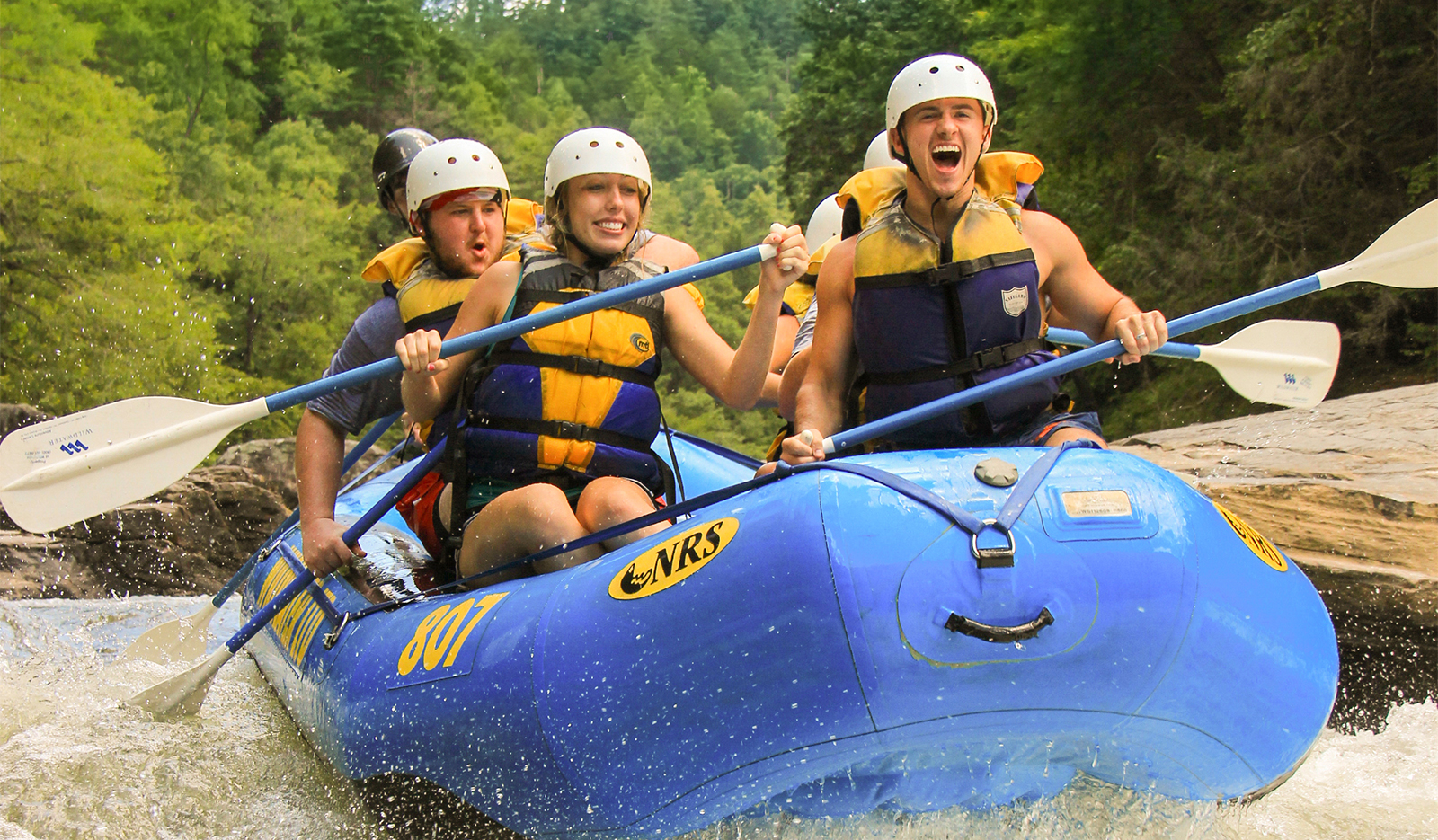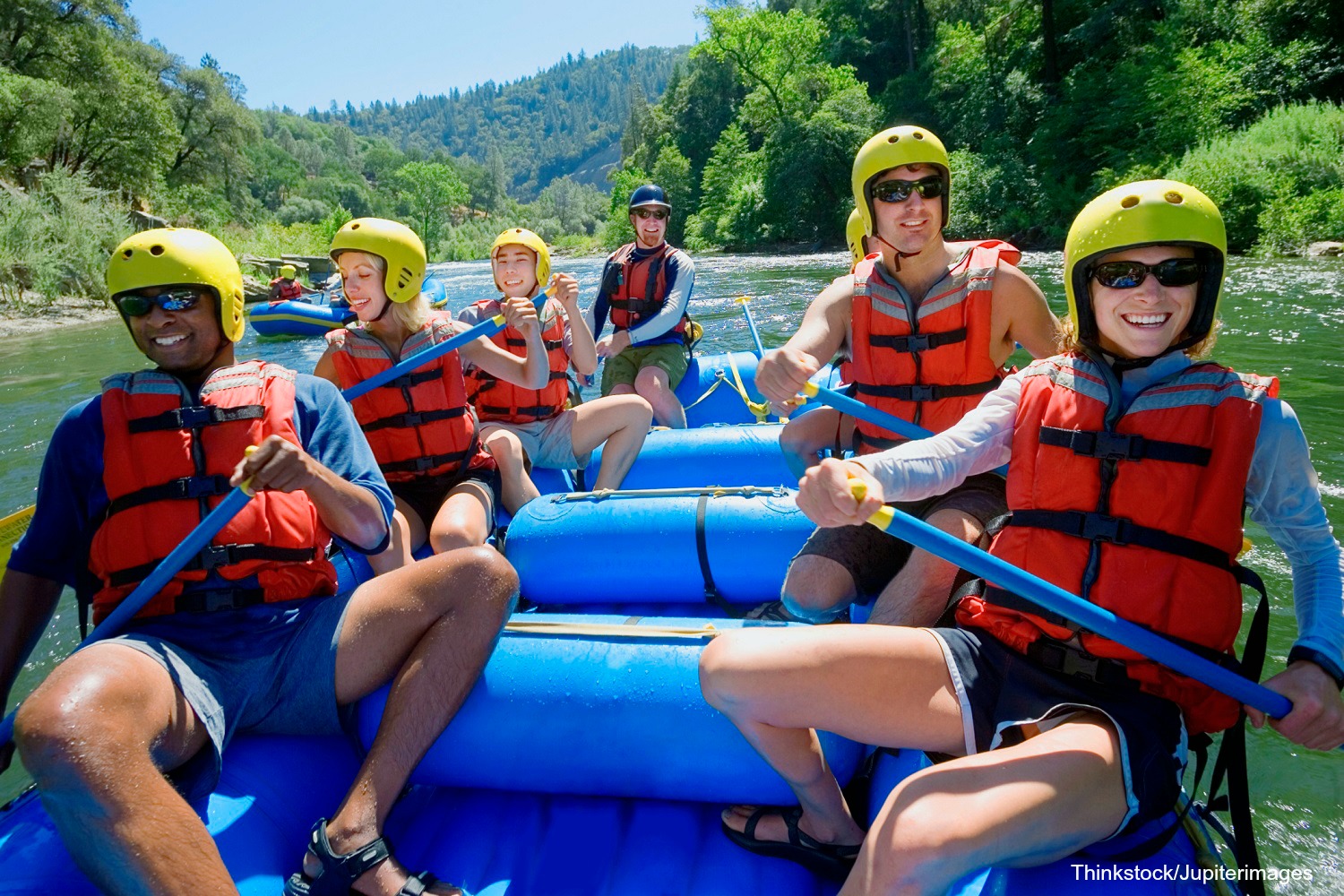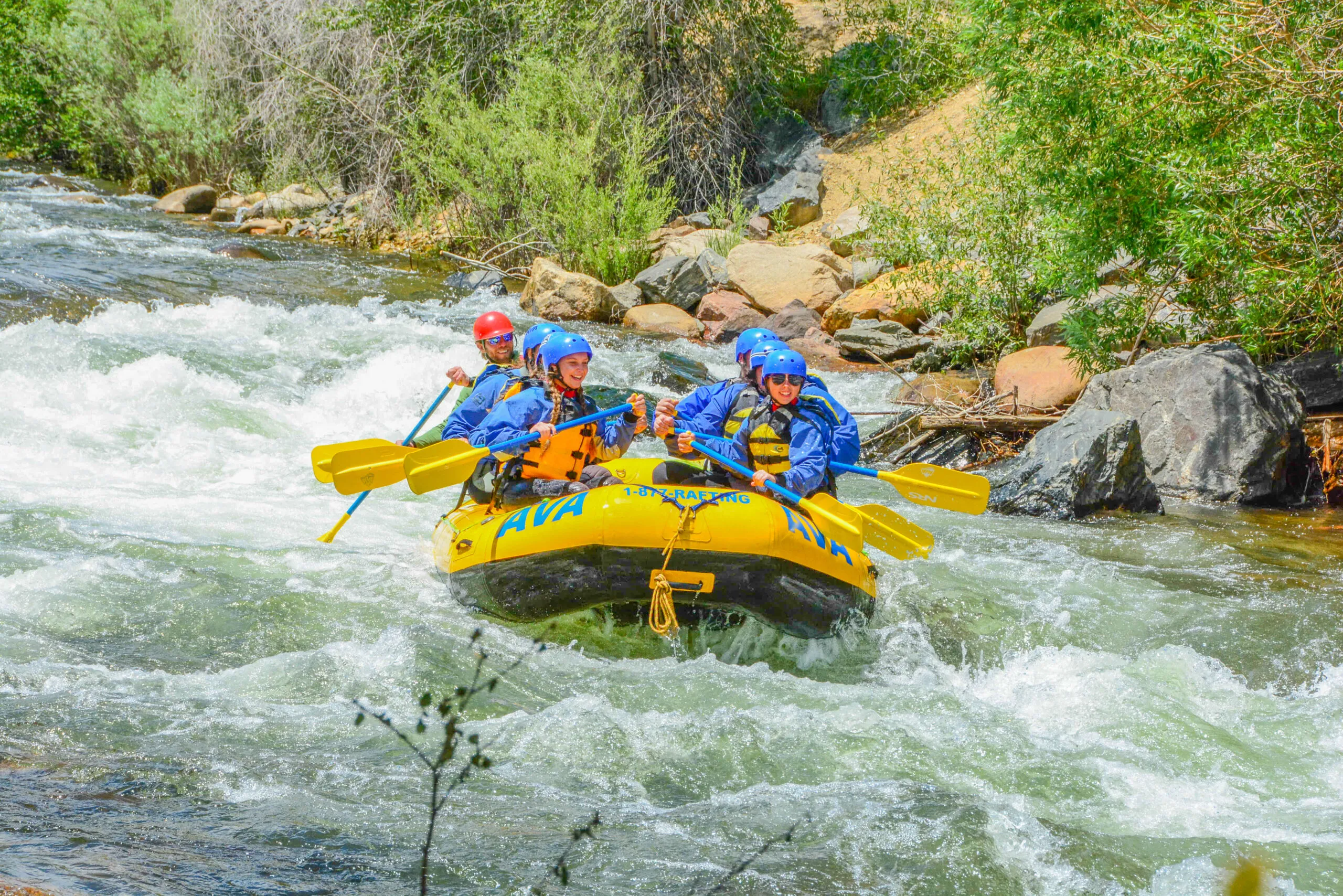Choose Your White Water Rafting Colorado Adventure Plan Currently
Choose Your White Water Rafting Colorado Adventure Plan Currently
Blog Article
The Ultimate Adventure: Water Rafting Tips and Tricks
Beginning on a water rafting journey is an awesome experience that requires a blend of ability, prep work, and respect for nature's awesome forces (White Water Rafting Colorado). As the rush of the river propels you onward, browsing through spins and turns, the art of water rafting unveils itself as an examination of both physical prowess and psychological skill. From selecting the ideal equipment to understanding the subtleties of paddling techniques, the journey down the river holds victories and challenges waiting to be overcome. What truly sets apart an amateur from an experienced rafter exists not just in the proficiency of abilities, however in the skill with which one approaches the unforeseeable dancing with the currents.
Important Equipment for Water Rafting
To make certain safety and security and comfort during water rafting trips, it is necessary to outfit oneself with the essential gear customized to this daring task. In addition, a tough headgear is crucial to safeguard against head injuries, specifically in harsh waters or if tossed off the plethora.
In addition, correct shoes is crucial for preserving great grip and safeguarding the feet from unsafe surface areas or sharp rocks. Neoprene booties or water shoes are recommended for this objective. It is additionally a good idea to use quick-drying garments, such as a wetsuit or breakout guard, to regulate body temperature and prevent hypothermia in cold water problems.
Finally, a trusted paddle is essential for navigating through the water effectively. It needs to be lightweight yet durable to hold up against the roughness of rafting. By investing in these essential items of equipment, rafters can appreciate their experience on the water with self-confidence and satisfaction.
Picking the Right Rafting Path
When intending a water rafting experience, selecting the ideal rafting path is crucial for a enjoyable and secure experience. Elements such as the degree of difficulty, water problems, and the size of the path need to all be thought about prior to starting your trip.
Firstly, analyze your group's skill level and experience. Various rafting courses are categorized based on problem degrees varying from Course I (easy) to Class VI (very hard and harmful) It is essential to select a route that straightens with the capacities of all individuals to ensure everyone's security and pleasure.
Furthermore, take right into account the water problems of the course. Some courses might have tranquil waters ideal for newbies, while others might have solid currents and tough rapids that call for more advanced skills. Researching the water levels and potential risks of the route beforehand can help you make an informed decision.
Last but not least, consider the size of the rafting course. Longer courses might need more time and endurance, so pick a course that fits within your group's timeframe and physical capacities. By meticulously choosing the right rafting course, you can establish on your own up for a thrilling and remarkable experience on the water.
Security Precautions on the Water
Taking into consideration the importance of selecting the best rafting path for a pleasurable and risk-free experience, it is necessary to focus on safety and security preventative measures on the water to minimize possible threats and ensure a successful adventure. Before embarking on a water rafting trip, ensure all participants wear properly fitting individual flotation protection tools (PFDs) and headgears to guard against accidents. By adhering to these safety preventative measures, you can boost the general experience and lessen prospective risks while water rafting.
Mastering Paddling Techniques
Creating effectiveness in paddling methods is necessary for browsing through varying water problems and making sure an effective water rafting continue reading this experience. White Water Rafting Colorado. Proper paddling not only aids in guiding the plethora successfully yet also adds to the overall control and synergy required for a satisfying and safe trip
One of the fundamental paddling strategies is the forward stroke. This stroke includes dipping the paddle blade fully right into the water and pulling it back along with the boating, providing propulsion and guiding. The backward stroke, on the various other hand, is important for reversing or reducing down the boating. By understanding the forward and backwards strokes, rafters can properly manage the rate and direction of the plethora.

Tips for Handling Rapids Like a Pro
To master browsing challenging river conditions, experienced water rafters apply their grasped paddling strategies with precision and finesse when taking care of rapids like seasoned experts. When encountering rapids, it is essential to keep look at this site a solid and click to investigate coordinated paddling rhythm. This rhythm assists the plethora keep its course and stability among the turbulent waters. Furthermore, it is vital to anticipate the movements of the boating and adjust promptly to transforming conditions. Experienced rafters use their knowledge of river dynamics to proactively change their paddling method, making certain efficient maneuvering through rapids.

Conclusion
In conclusion, water rafting calls for vital gear, careful course choice, safety preventative measures, grasping paddling strategies, and dealing with rapids with proficiency. By adhering to these suggestions and methods, adventurers can make certain a pleasurable and effective rafting experience on the water.

Thinking about the importance of choosing the right rafting course for a safe and pleasurable experience, it is vital to focus on security preventative measures on the water to reduce possible risks and make certain a successful journey. Ultimately, sharpening paddling techniques is crucial to a successful and exhilarating water rafting experience.
In verdict, water rafting requires crucial gear, cautious course selection, security precautions, mastering paddling methods, and handling rapids with competence.
Report this page